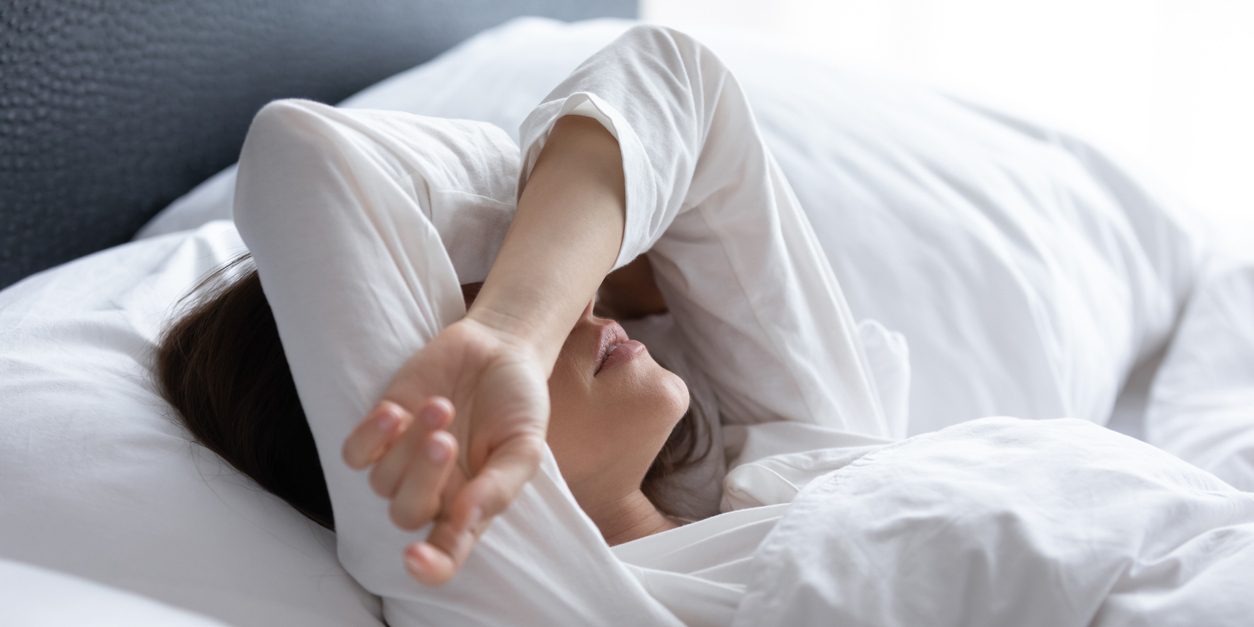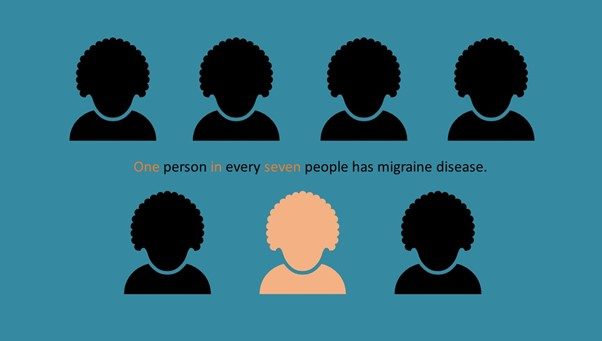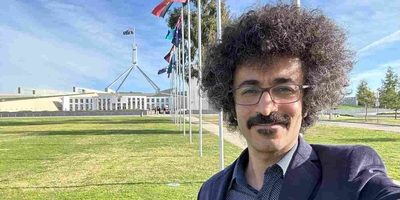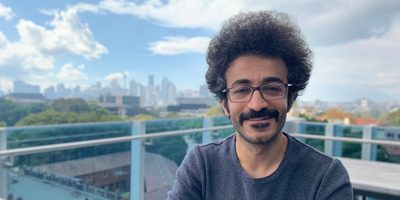
Six ways to manage migraine without drugs
We’ve all heard of the crushing headache pain that comes with migraine but did you know that one in every seven people experience them, three in every four people with migraine are females, and migraine is the number one cause of disability in young people?
With so many people affected worldwide, you’d think modern medicine would have developed a solution by now but unfortunately there’s still no definite cure for migraine.
Doctors can prescribe a range of different medications to relieve or prevent symptoms but there’s actually some effective non-drug approaches that can help control this debilitating condition.

Why a non-drug approach?
While medications can be an important tool, there can be good reasons to avoid them if you can.
Not everyone can take migraine medications because of side effects, not all are safe during pregnancy and breastfeeding, and some interact badly with drugs used to treat other disorders.
Add to that the fact they can be expensive and non-drug approaches can provide good control over the condition, so it makes perfect sense to explore other strategies to mitigate the misery of migraine attacks.
Below I’ll describe six key strategies to help manage migraine without the use of medications, drawn from my new paper published in Open Medicine.
1. Identify your triggers
You probably have already heard that some factors can cause migraine attacks in some people but do you know your trigger? Being aware of what flicks the switch for you is the first step towards developing non-drug strategies to minimise your exposure and reduce your migraine attacks.
Some of the most common trigger factors include: stress and anxiety; irregular sleep; menstruation; hunger and skipping meals; dehydration; chocolate; alcohol; caffeine overuse; loud sounds; bright light; fatigue; too much physical activity; weather and altitude changes; and strong odours and smoke.
We cannot avoid all triggers but identifying yours and reducing your exposure to it or trying to avoid the combination of triggers can yield positive results.
2. Reduce your weight
Apart from all the other health benefits that come from taking off some kilos, studies have found that reducing your weight can help migraine prevention.
3. Understand and address related disorders
We know that disorders such as anxiety and depression are associated with an increased number of migraine attacks. Finding out whether you suffer from any of these related disorders and treating them can also help treat and manage your migraine.
4. Behavioural treatment and relaxation techniques
Stress and anxiety can be key drivers of migraine and developing natural strategies to relax can be an effective tool in migraine management. Try different relaxation and mindfulness techniques, cognitive behavioural therapy, or stress management. There’s a whole range of meditation apps out there these days that can help!
5. Nerve stimulation devices and acupuncture
There are devices available that stimulate the central or peripheral nervous system that have been found to have some positive effects on migraine outcomes. In general, neuromodulation techniques are considered safe, but remember that they are not suitable for everyone. Speak to your doctor for more information. If that is not your choice, acupuncture has also produced some promising results in some people.
6. Dietary supplements
There is evidence that natural supplements such as riboflavin (vitamin B2), coenzyme Q10 (CoQ10) and magnesium can help manage migraine. Again, speak to your doctor about whether these approaches might be good for you.
It is important to remember that both drug and non-drug approaches should be considered for managing migraine and not every intervention works for everyone.
The key is to learn as much as you can about the disease and raise awareness - not just among people with migraine, but also their families and friends.
We might not be able to rid the world of migraine, but together we can increase understanding of the disease and contribute to improving migraine management in the community.
Find out more about my work here








